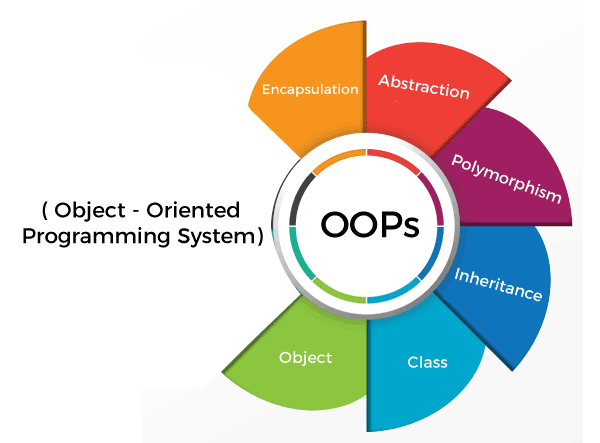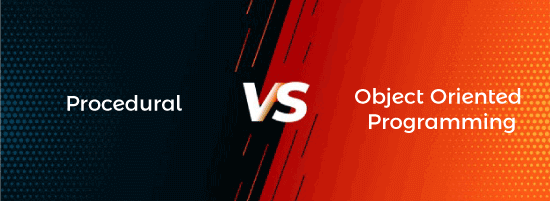Difference between procedural programming and object-oriented programmingObject-oriented programming and procedural programming both are used to develop the applications. Both of them are high-level programming languages. These two are important concepts, and it is also important to know the difference between them. In this article, we will discuss the comparison between procedural programming and object-oriented programming, along with their brief description. It will be helpful and important to the students as this comes as a question in their examinations. So, without more delay, let's start the topic. Before jumping directly to the comparison, first, see a brief description of both terms. Procedural ProgrammingIt is defined as a programming language derived from the structure programming and based on calling procedures. The procedures are the functions, routines, or subroutines that consist of the computational steps required to be carried. It follows a step-by-step approach in order to break down a task into a set of variables and routines via a sequence of instructions. During the program's execution, a procedure can be called at any point, either by other procedures or by itself. The examples of procedural programming are ALGOL, COBOL, BASIC, PASCAL, FORTRAN, and C. As compared to object-oriented programming, procedural programming is less secure. Procedural programming follows a top-down approach during the designing of a program. It gives importance to the concept of the function and divides the large programs into smaller parts or called as functions. Procedural programming is straightforward. Unlike object-oriented programming, there are no access modifiers introduced in procedural programming. Object-oriented programmingObject-oriented programming is a computer programming design philosophy or methodology that organizes/ models software design around data or objects rather than functions and logic. It includes two words, "object" and "oriented". In a dictionary object is an article or entity that exists in the real world. The meaning of oriented is interested in a particular kind of thing or entity. In layman's terms, it is a programming pattern that rounds around an object or entity. The programming paradigm where everything is represented as an object is known as a truly object-oriented programming language. Smalltalk is said to be the first truly object-oriented programming language. 
OOP is said to be the most popular programming model among developers. It is well suited for programs that are large, complex, and actively updated or maintained. It makes the development and maintenance of software easy by providing major concepts such as abstraction, inheritance, polymorphism, and encapsulation. These four are also the four pillars of an object-oriented programming system. OOPs, provide the ability to simulate real-world events much more effectively. We can provide the solution to real-world problems if we are using the Object-Oriented Programming language. OOPs, provide data hiding, whereas, in Procedure-oriented programming language, global data can be accessed from anywhere. The examples of OOPs are - C#, Python, C++, Java, PHP, Scala, Perl, etc. Procedural programming v/s Object-oriented programming
Now, let's see the comparison between Procedural programming and object-oriented programming. We are comparing both terms on the basis of some characteristics. The difference between both languages are tabulated as follows -
So, that's all about the article. Hope the article is informative and interesting to you, and you gain knowledge about procedural programming, object-oriented programming, and their comparison.
Next TopicDifference between
|
 For Videos Join Our Youtube Channel: Join Now
For Videos Join Our Youtube Channel: Join Now
Feedback
- Send your Feedback to [email protected]
Help Others, Please Share










